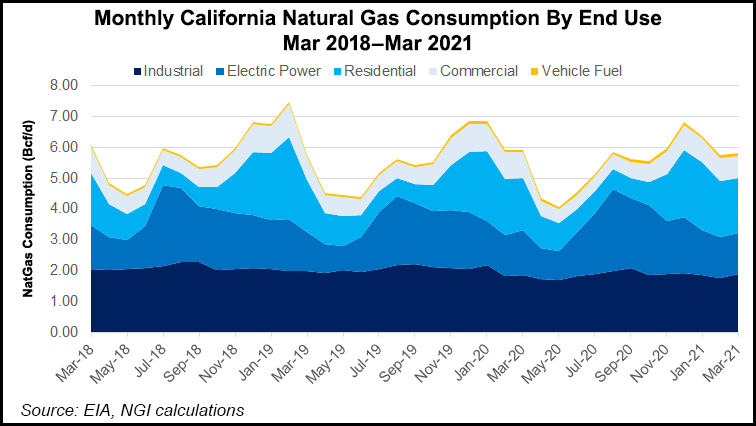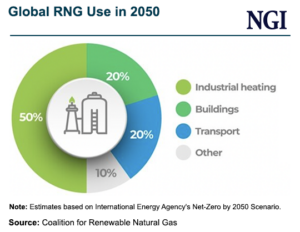Permits have been issued in 40 cities and counties across California under new building code restrictions for natural gas, according to the state regulators.
Restrictions vary within each jurisdiction, with exemptions for restaurants, laboratories, emergency shelters and others, the California Energy Commission (CEC) said. Longer term, CEC engineers plan to use data on the permitting to calculate future annual gas demand forecasts.
“They plan to look at ordinances that involve mostly new construction and how different exclusions of end-uses play into demand,” spokesperson Amber Beck told NGI.
Twenty-three local governments have specified all-electric in new residential buildings. Ten call for preferred electric with added solar energy installations, including Berkeley,...



